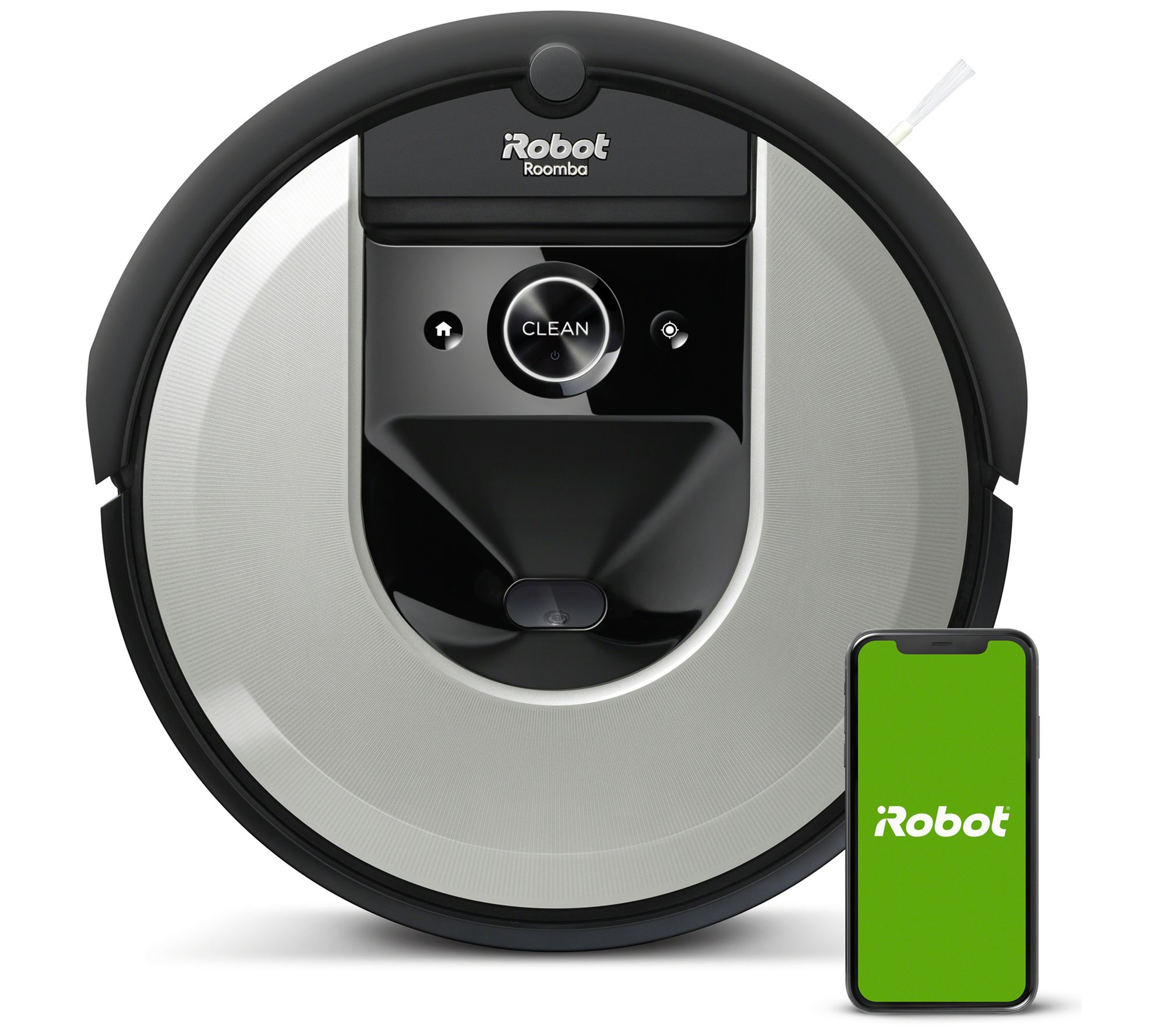HART 6 Gallon Stainless Steel 5HP Wet/Dry Vacuum – 181296297
Complete vac organization with on-board hose, cord and accessory storage, locking accessories, 8-foot power cord with cord storage. Easily converts to blower. 14′ cleaning reach with hose and power cord. Large on/off dust sealed switch.
Black Friday Special Buy While Quantities Last! The Hart 6 Gallon Stainless Steel Wet/Dry Vacuum is the perfect combination of performance and convenience. This wet/dry vac not only features a 5 Peak HP† high performance motor, but also casters for easy transport during and after use. The on-board hose, cord and accessory storage allows you to keep all of your attachments organized and in one place. This wet/dry vac comes standard with an array of locking accessories, so you don’t have to worry about attachments disconnecting during even the toughest jobs. Turning this vac into a blower to remove debris from your yard or workspace could not be easier – all it takes is a simple conversion. Includes: six-foot by 1 7/8-inch hose, two extension wands, utility nozzle, crevice tool, reusable cloth filter, foam wet filter. Bring home the Hart 6 Gallon Stainless Steel Wet/Dry Vacuum.
Hart 6 Gallon Stainless Steel Tank Wet/Dry Vacuum:
- Includes Cloth Filter
- Complete vac organization with on-board hose, cord and accessory storage, locking accessories, 8-foot power cord with cord storage
- Easily converts to blower
- 14′ cleaning reach with hose and power cord
- Large on/off dust sealed switch






by Shanda
I got this on the Black Friday event on walmart.com for less than 30.00. This is an amazing vacuum. The suction is amazing!
by Hora
AMAZING VALUE AND POWERFUL! I read a lot of people complaining about poor suction and I noticed that at first too, but quickly realized I did not secure the top correctly around the rim. Once the top is on properly this thing is a work horse!
by Chris
Very well-built and powerful vacuum. Highly impressed! Has ample suction power and very good accessories. I do wish that it came with a brush attachment though. Very simple to assemble and easy to clean. Highly recommend!
by William
Worth every bit of what I paid for it works great got it on a Black Friday deal unboxed it put it all together and works super great would recommend to any one looking for a very good affordable shop vac get this one.
by Daniel
Good product good service.
by Beatrice
Very nice vacuum. Just too loud to use indoors.
by Paige
Easy to put together, great little vacuum. I would definitely buy again.
by Nick
Got this last year. It was a gift for my husband. I borrowed it and really liked it. It did a great job with dog fur and dust bunnies. So I decided that I’d like one for inside the house of my own. It is a fabulous price for Black Friday specials. Try it, you will not be disappointed!
by Larry
Love the power and the versatility that this vacuum has. Well worth the money.
by Dennis
Only thing that I didn’t like was the canister is kind of flunzy But very powerful and works great Especially the price.